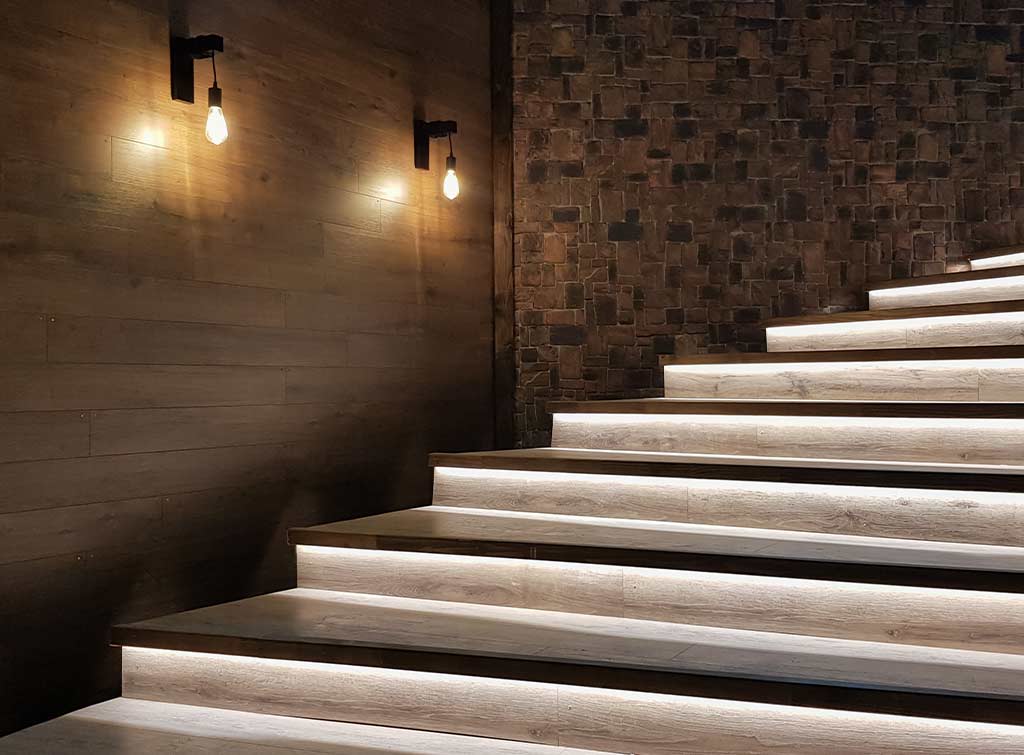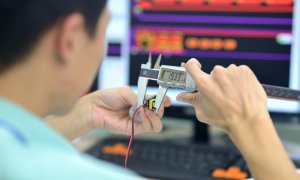Stair safety is a serious concern because the statistics on stair-related injuries are so grim. About 1,400 people die in the U.S. each year as a result of a fall from a stair, and just under a million people are hospitalized yearly due to stair falls–over half of them in their own home. Falls are also the leading cause of hospitalizations among children and the elderly.
Adequate illumination of both the stair steps and landings is big part of stair safety and here is what’s required by the Residential Edition of the Florida Building Code (FBC) and the International Residential Code (IRC):
1) All stairs must have illumination.
2) Interior stairs with six or more risers require a switch for lighting at the top and bottom of stairs. The riser is the vertical part of the steps and the horizontal part is called a tread. The type of switch necessary is called a three-way switch, which controls the light from two locations. Each switch throw turns the light from off to on, or vice versa, from either stair landing. As an alternate, central or automatic (motion/llight-sensor) lighting is acceptable.
3) Minimum light level is one footcandle at center of treads and landings of interior stairs.
4) Lighting for exterior stairs must be switched from inside the residence. As an alternate, central or automatic (motion/llight-sensor) lighting is acceptable.
5) Interior stair lighting must be at both landings of a stair run or above the middle of the stairs. Exterior lighting should be a top landing, and basement stairs at bottom landing.























